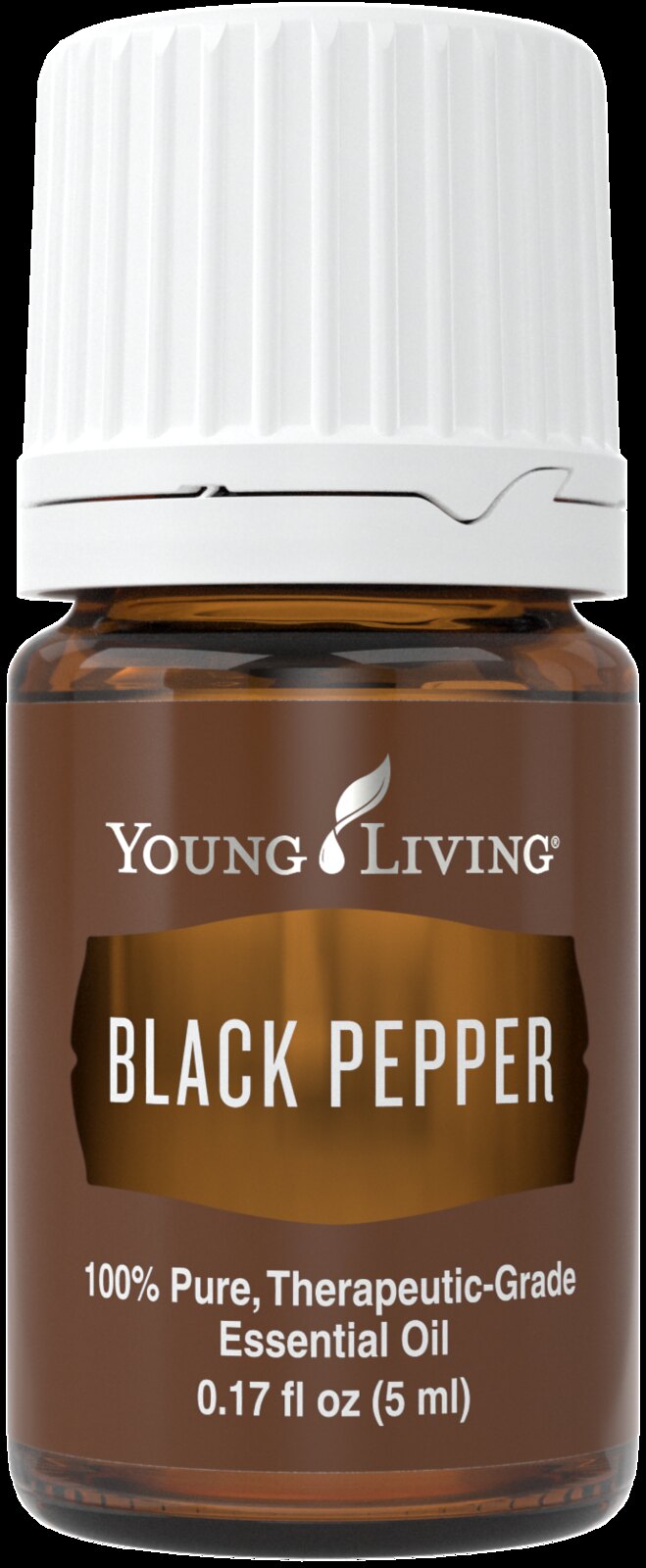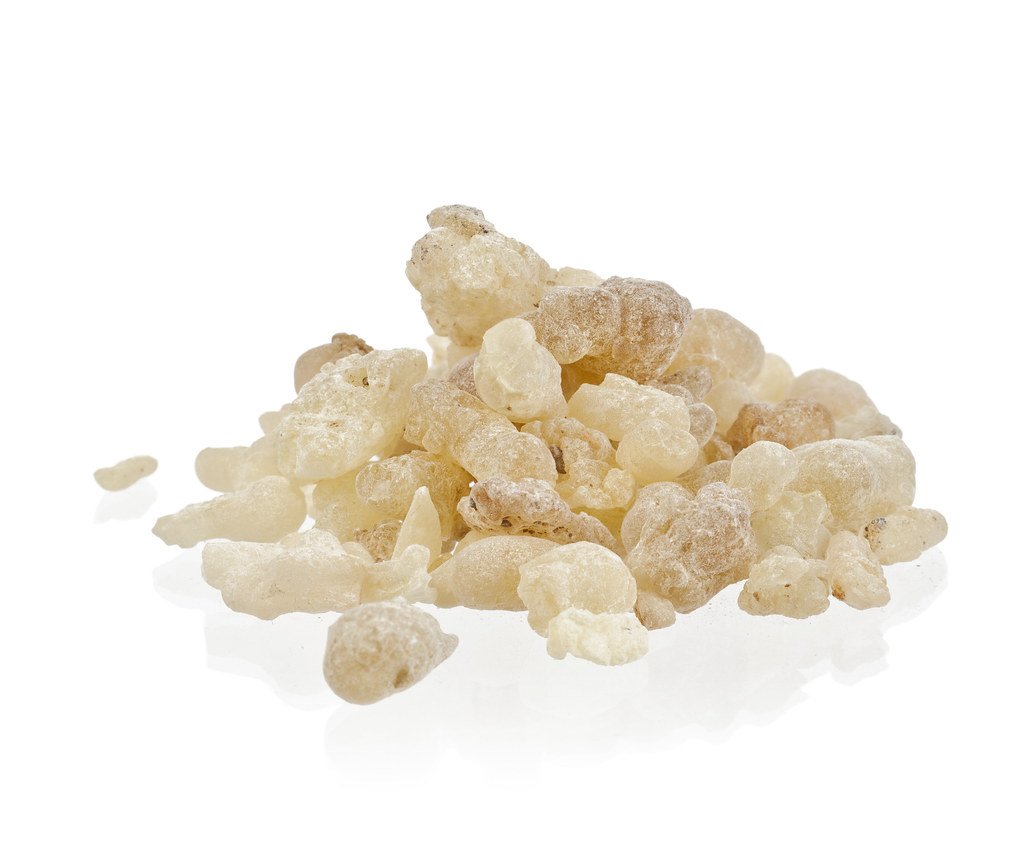PART 13: Eight Ways to Find Pure, Therapeutic-Grade Essential Oils
EDITOR’S NOTE: Since Gary Young’s passing, we have been taking stock of the tremendous contributions he made to the world by revisiting his presentations, such as this fascinating blog post series, originally published in 2010, that recounts Gary’s ongoing discoveries about pure essential oils, their properties, and their production. Here’s Part XIII.
Last week I told you about some of the work I’ve gone through to find the purest essential oils our planet has to offer. There are a lot of adulterated oils available from many other sources, and using them means you get a much less effective product. How can you know if you are buying the highest-quality essential oil, without having to hike the mountains of Yemen to find them? Here are eight ways to find pure, therapeutic-grade essential oils:
Eight Questions to Ask to Find the Best Essential Oils
- Are there different grades of pure essential oils?
Gary: Yes, of course! Look for only pure essential oils.
Pure, therapeutic-grade essential oils can have therapeutic effects on their users. The purer the oils, the stronger the benefits.

- Are all pure essential oils therapeutic?
Gary: No! Look for only pure, therapeutic-grade essential oils.
The composition of soils in different areas will change the way plants grow in those areas, which will change the oils that come from those plants. The temperature, moisture level, and time and method of harvesting, among other things, will determine the quality, or grade, of an oil and its compound percentages.
Harvesting a plant at the wrong time or distilling it the wrong way can destroy the therapeutic values of the extracted oil, even if the oil is still pure. For example, Peppermint essential oil should contain between 38 and 47 percent menthol to be therapeutic. If the summer is wet and rainy, menthol will be approximately 24 percent but the oil will still be pure. It is just not therapeutic.
- If an oil is labeled “pure, therapeutic-grade,” can I be sure that it is?
Gary: No! Look for a guarantee of therapeutic-grade, which Young Living provides.
Anyone can put anything on the label and then market it. Presently there are no therapeutic USDA regulations on essential oils. The perfume and flavor industry, the largest purchaser of essential oils, uses guidelines called AFNOR. Developed in Europe, AFNOR sets minimum percent concentrations for 3 to 10 compounds of different essential oils. But essential oils have hundreds of compounds, so the most therapeutic compounds could be completely missing, and the oils would still meet AFNOR standards. This is why I have developed Young Living’s very high standards for therapeutic-grade essential oils.
- So if an oil matches the AFNOR standard, will it be therapeutic-grade?
Gary: Not always. Don’t rely on AFNOR.
The parameters of the AFNOR standard range widely from low to high, and the low range is below what I feel is therapeutic-grade.
- If an oil is labeled “organic,”can I be guaranteed that it is?
Gary: No! Look for oils that are guaranteed organic, through a process like Young Living’s Seed to Seal.
Not even an oil produced from plants grown on an organic farm can be guaranteed to be organic. Neighboring farms could be spraying different chemicals that easily spread through the air, contaminating the organic crop. It’s much like secondhand smoke. In addition, the water used for irrigation could be polluted with chemicals, sick fish, dead animals, or even human waste.

Some distilleries use chemicals in their water systems to protect the water tubes in the boilers from mineral buildup, and those chemicals mix with the water that turns into the steam that travels up through the plant material in the distillation process, which then usually contaminates the oil. Oils extracted from plants grown on an organic farm could also be contaminated with “organic synthetic compounds” that are put directly into the oil that goes into the barrels that go to the buyer. The labels could say “organic” because they come from an organic farm, and rare is the buyer who would ever know the difference.
- Can geographic location make a difference in the quality of essential oils?
Gary: Yes! Know where your oils come from.
The climate, microclimate, temperature range, altitude, rainfall, and soil-nutrient levels of a farm all impact the quality of essential oils.
For example, lavender grown at low altitudes will produce low levels of lineal acetate and other low esters. True lavender has very small amounts of camphene. For example, the camphene in Lavandula angustifolia will vary from .2 to .5 percent, depending on both growing and distillation conditions.
- Can different distillation practices change the oil quality?
Gary: Yes! Know how your oils were distilled.

Commercial distilleries push the pressure of their distillation process to over 5 pounds and up to 300 degrees Fahrenheit, which speeds up the extraction process, enables them to capture the top notes for the perfume industry, but fractures most of the molecules. Their distilling time can be no more than 40 minutes.
When the commercial distilleries extract only the top notes, or aroma, only the larger molecules come out. Then they shut off their boilers to save money on fuel, retrieving maybe 1 or 2 percent more oil as the boiler cools.
Our distillation of lavender to produce lavender essential oil, on the other hand, takes a minimum of 1 hour.
I have found, after distilling plants on five continents around the world above and below the equator, that most of the time the therapeutic molecules are some of the last molecules to come out, and it may take 1½ to 3 hours more to get those molecules. For example, in our distillery in Spain, we use full-agitation for 12 hours minimum to produce frankincense essential oil. In Salalah [now Muscat], we use partial agitation and distill frankincense for 16 hours.

Agitation is a process that grinds the resin into a coarse powder. It is similar to the agitation of the old-time washing machine, where the paddles move back and forth, beating the clothes. In this case, the paddles break down the resin, which is very gummy and easily sticks together, impeding the release of the oil. For this reason, the constant agitation is important to keep the powder from clumping at the bottom of the cooker. This agitation also ensures greater steam saturation for greater essential oil extraction as the steam travels up through the powdered resin.
Incensole acetate, which is a very important compound found in frankincense resin, only shows up after 11 hours of distilling with agitation and 15 hours without agitation. Incensole acetate is considered a major constituent, which is sought after to support many body functions. It works well as a companion to the boswellic acids in its medicinal attributes.
- Can essential oils be tested for purity and quality?
Gary: Yes! I’ll talk more about that next week.

